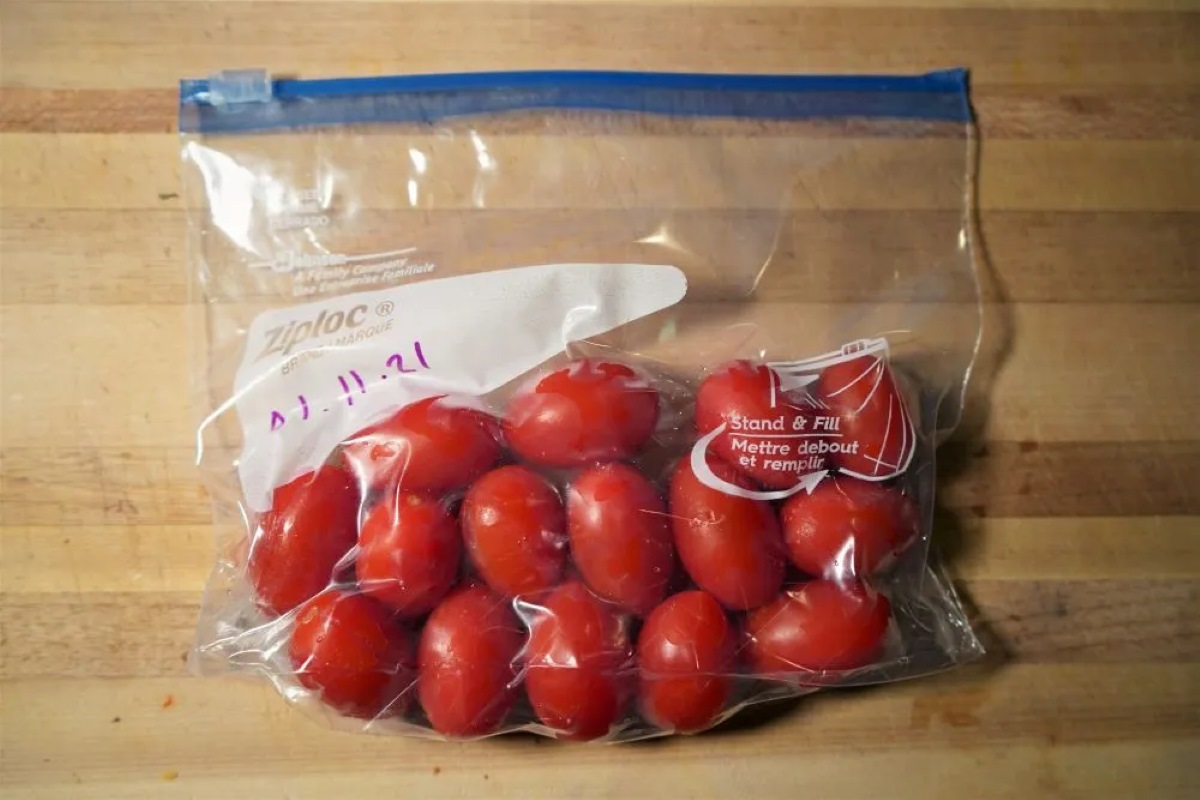

Articles
How To Store Grape Tomatoes In The Fridge
Modified: October 21, 2024
Learn how to properly store grape tomatoes in the fridge to keep them fresh and flavorful for longer. Follow our step-by-step guide and never waste these delicious fruits again.
(Many of the links in this article redirect to a specific reviewed product. Your purchase of these products through affiliate links helps to generate commission for Storables.com, at no extra cost. Learn more)
Introduction
Grape tomatoes are a popular choice among tomato lovers due to their small size, sweet flavor, and versatility in various dishes. Whether you use them in salads, salsas, or pasta sauces, it’s important to store them properly to maintain their freshness and taste. One of the best ways to preserve the flavor and texture of grape tomatoes is by storing them in the refrigerator. In this article, we will explore the reasons why storing grape tomatoes in the fridge is beneficial and provide you with a step-by-step guide to doing so.
When grape tomatoes are harvested, they are generally at their peak of ripeness, meaning they are juicy and bursting with flavor. However, this also means that they are more prone to spoilage if not stored properly. The refrigerator provides an optimal environment for slowing down the ripening process and preventing decay, keeping your grape tomatoes fresh for a longer period.
Additionally, refrigeration helps to maintain the firmness and texture of the grape tomatoes. The cold temperature slows down the enzymatic activity, which is responsible for breaking down the cell walls and softening the tomatoes. By storing them in the fridge, you can extend their shelf life and enjoy their crisp texture for a longer time.
Another benefit of refrigerating grape tomatoes is that it helps to retain their nutritional value. Tomatoes are rich in vitamins, minerals, and antioxidants, which can degrade over time if exposed to heat and light. By keeping them in the fridge, you can preserve these valuable nutrients, ensuring that you’re getting the maximum health benefits from your grape tomatoes.
In the next sections, we will provide you with tips for choosing ripe grape tomatoes, a step-by-step guide to storing them in the fridge, alternative methods for storage, and how to extend their shelf life. So, let’s dive in and learn how to properly store grape tomatoes to enjoy their fresh and vibrant flavor for as long as possible.
Key Takeaways:
- Properly storing grape tomatoes in the fridge preserves their flavor, texture, and nutritional value, extending their shelf life and enhancing meal preparation convenience.
- Alternative methods such as countertop storage, freezing, canning, and drying offer options for preserving grape tomatoes based on individual preferences and resources.
Read more: How To Store Grapes In Fridge After Washing
Why Store Grape Tomatoes In The Fridge
Storing grape tomatoes in the fridge offers several advantages that help to prolong their shelf life and maintain their quality. Here are some key reasons why you should consider refrigerating your grape tomatoes:
1. Preservation of Freshness: Grape tomatoes are highly perishable and can quickly spoil if left at room temperature. By storing them in the fridge, you can slow down the ripening process and extend their freshness. The cooler temperature of the refrigerator inhibits the growth of bacteria and slows down enzymatic reactions that lead to spoilage.
2. Retention of Flavor and Texture: Grape tomatoes are loved for their sweet and tangy flavor. Refrigeration helps to maintain their taste by slowing down the breakdown of sugars and acids. It also helps preserve their texture, preventing them from becoming overly soft and mushy.
3. Prevention of Mold and Decay: The cold temperature of the fridge creates an inhospitable environment for mold and decay-causing microorganisms. Storing grape tomatoes in the refrigerator significantly reduces the risk of mold growth, keeping them fresh and safe to eat for a longer period.
4. Protection from Ethylene Gas: Ethylene gas is a natural hormone produced by fruits and vegetables as they ripen. While it helps in the ripening process, it can also speed up the decay of nearby produce. By storing grape tomatoes in the fridge, you can isolate them from other fruits and vegetables and prevent them from being exposed to high levels of ethylene gas.
5. Versatility and Convenience: Refrigerating grape tomatoes allows you to have them on hand whenever you need them. Whether you want to incorporate them into a salad, use them as a topping for pizzas or sandwiches, or add them to your favorite pasta dish, having fresh grape tomatoes readily available in the fridge makes meal preparation quick and convenient.
Overall, storing grape tomatoes in the fridge is a simple and effective way to extend their shelf life, preserve their quality, and ensure that you can enjoy their delicious flavor in a wider range of recipes. Now that you understand the benefits of refrigeration, let’s move on to the next section, where we will provide you with tips for choosing ripe grape tomatoes.
Tips for Choosing Ripe Grape Tomatoes
When it comes to selecting ripe grape tomatoes, there are a few key things to look out for. By following these tips, you can ensure that you pick the freshest and most flavorful tomatoes:
1. Color: Ripe grape tomatoes typically have a vibrant red color. Look for tomatoes that are uniformly red, as any green or yellow spots may indicate that they are not fully ripe. Avoid grape tomatoes that appear dull or have wrinkled skin, as these are signs of aging and potential spoilage.
2. Size and Shape: Grape tomatoes are known for their small, oval shape. Choose tomatoes that are plump and have a slightly firm feel when gently squeezed. Avoid ones that are excessively soft or have a mushy texture, as this can indicate overripeness or decay.
3. Firmness: Gently press the grape tomatoes between your fingers to check for firmness. A ripe grape tomato should yield slightly to pressure but still retain its shape. Avoid tomatoes that are excessively soft or squishy, as they may be overly ripe and prone to spoilage.
4. Aroma: Take a moment to smell the grape tomatoes. Ripe tomatoes emit a sweet and slightly tangy aroma. If the tomatoes have a strong, unpleasant odor or do not have any scent at all, they may be underripe or of poor quality.
5. Packaging: If you are purchasing pre-packaged grape tomatoes, inspect the package for any signs of damage or mold. Avoid containers with crushed or bruised tomatoes, as these are more likely to spoil quickly. Additionally, check the “best before” date to ensure that the tomatoes are still within their recommended shelf life.
6. Local and Seasonal: Whenever possible, opt for locally grown grape tomatoes that are in season. Locally sourced tomatoes are more likely to be fresher as they have traveled a shorter distance and have had less time to deteriorate. Seasonal tomatoes also tend to have better flavor and quality.
By keeping these tips in mind, you can choose ripe and high-quality grape tomatoes that will elevate the taste of your dishes. Now that you know how to select the perfect tomatoes, let’s move on to the next section where we will provide you with a step-by-step guide for storing grape tomatoes in the fridge.
Step-by-Step Guide to Storing Grape Tomatoes in the Fridge
Properly storing grape tomatoes in the fridge is crucial for maintaining their freshness and flavor. Follow this step-by-step guide to ensure that your tomatoes stay in optimal condition:
Step 1: Inspect the tomatoes: Before storing grape tomatoes, carefully examine them for any signs of damage or decay. Remove any tomatoes that are moldy, bruised, or excessively soft. It’s important to store only the freshest and highest quality tomatoes.
Step 2: Rinse and dry: If your grape tomatoes are dirty or have any residue, gently rinse them under cool water. Pat them dry with a clean kitchen towel or paper towels to remove excess moisture. It’s essential to store the tomatoes in a dry condition to prevent mold growth.
Step 3: Place in a storage container: Transfer the grape tomatoes to a shallow, airtight container. You can use a plastic container, glass jar, or a resealable plastic bag. Ensure that the container has enough space to accommodate the tomatoes without overcrowding them.
Step 4: Create air vents: To allow for proper airflow and prevent moisture buildup, create small air vents in the storage container. If using a plastic container or resealable bag, you can make small punctures or leave the lid slightly open. For a glass jar, you can remove the lid entirely or loosen it slightly.
Step 5: Label and date: If desired, label the container with the date of storage to keep track of the freshness. This is especially helpful if you have multiple containers or frequently store different types of tomatoes.
Step 6: Store in the fridge: Place the container of grape tomatoes in the refrigerator’s main compartment, preferably on a middle shelf. The temperature in this part of the fridge is optimal for preserving the tomatoes’ flavor and texture.
Step 7: Avoid placement near strong-smelling foods: To prevent the tomatoes from absorbing the flavors and odors of other foods, it’s best to keep them away from strong-smelling items like onions, garlic, or cheese. This will help maintain the integrity of their taste.
Step 8: Use within recommended timeframe: While stored in the fridge, grape tomatoes can typically remain fresh for up to a week. It’s recommended to consume them within this timeframe for the best quality. Be sure to check for any signs of spoilage before consuming.
By following these simple steps, you can properly store your grape tomatoes in the fridge, ensuring that they stay fresh, flavorful, and ready for your culinary creations. Next, we will explore alternative methods for storing grape tomatoes in case the fridge is not an option for you.
To store grape tomatoes in the fridge, place them in a breathable container or perforated plastic bag to allow for air circulation. Keep them in the crisper drawer to maintain freshness. Avoid washing them until ready to use to prevent spoilage.
Alternative Methods for Storing Grape Tomatoes
If refrigeration is not an option for storing your grape tomatoes, there are alternative methods you can use to keep them fresh and flavorful. Here are a few alternatives to consider:
1. Countertop Storage: If you plan to use your grape tomatoes within a day or two, you can store them at room temperature. Choose a cool and dry spot away from direct sunlight and heat sources. Place the tomatoes in a shallow bowl or a basket lined with a clean kitchen towel to absorb any excess moisture. Keep in mind that the tomatoes may ripen more quickly at room temperature, so it’s important to use them promptly to prevent overripening or spoilage.
2. Paper Bag Storage: Another alternative is to store your grape tomatoes in a paper bag instead of the fridge. Place the tomatoes gently in the bag, ensuring they are not crowded. Loosely close the bag to allow some airflow while preventing excessive moisture loss. The paper bag helps to absorb excess moisture and ethylene gas, which can prolong the tomatoes’ freshness. Keep the bag in a cool and dry area, away from direct sunlight.
3. Freezing: If you have a surplus of grape tomatoes and want to extend their shelf life for later use, freezing is an option. Wash the tomatoes and pat them dry thoroughly. Place them on a baking sheet in a single layer and place them in the freezer until they are frozen solid. Once frozen, transfer the tomatoes to a freezer-safe bag or container, removing as much air as possible. Frozen grape tomatoes can be used in cooked dishes like soups, sauces, or stews, as their texture changes once thawed.
4. Canning: Canning is a traditional method to preserve grape tomatoes for an extended period. It involves cooking the tomatoes and packing them in sterilized jars with a preserving liquid, such as vinegar or tomato juice. The jars are then sealed and processed using a hot water bath or pressure canner. Canned grape tomatoes can be stored in a cool, dark place, and they can retain their flavor and texture for a year or more. It’s important to follow proper canning procedures to ensure safety and shelf stability.
5. Drying: Drying grape tomatoes is a fantastic way to preserve their flavor and concentrate their sweetness. Slice the tomatoes in half lengthwise and place them on a drying rack or baking sheet. You can sun-dry them outdoors or use an oven or a food dehydrator at a low temperature. Once dried, store the tomatoes in airtight containers in a cool, dark place. Dried grape tomatoes can be used in salads, pasta dishes, or as a flavorful snack.
These alternative methods offer different options for storing grape tomatoes based on your preferences and available resources. Experiment with these methods to find the one that works best for you. Now that you know the alternatives, let’s explore ways to extend the shelf life of grape tomatoes, regardless of the storage method used.
Read more: How Long Grape Tomato Germinate
How to Extend the Shelf Life of Grape Tomatoes
Regardless of the storage method you choose, there are several steps you can take to extend the shelf life of grape tomatoes and keep them fresh for as long as possible. Here are some tips to help you maximize their longevity:
1. Handle with Care: Grape tomatoes are delicate, and rough handling can lead to bruising and increased spoilage. Always handle them gently to avoid damaging the skin and causing unnecessary deterioration.
2. Store Unripe Tomatoes Separately: If you have a mixture of ripe and unripe grape tomatoes, it’s best to store them separately. Unripe tomatoes release ethylene gas, which can speed up the ripening process of other fruits and vegetables. To prevent overripening, keep unripe tomatoes away from ripe ones.
3. Check Regularly for Spoilage: Periodically inspect your stored grape tomatoes for any signs of mold or decay. Remove any spoiled tomatoes immediately to prevent the spread of bacteria to the remaining ones.
4. Avoid Washing Before Storage: Moisture can accelerate spoilage, so it’s best to avoid washing grape tomatoes until you’re ready to use them. Washing them ahead of time can introduce excess moisture, making them more prone to mold growth. Instead, rinse them just before preparation.
5. Use the First-In, First-Out (FIFO) Method: When using multiple containers of grape tomatoes, practice the FIFO method: use the oldest tomatoes first. This helps ensure that none of the tomatoes go to waste and that you’re always using the freshest ones.
6. Utilize Preservation Techniques: If you find yourself with an abundance of grape tomatoes, consider preserving them through freezing, canning, or drying. These methods can significantly extend their shelf life, allowing you to enjoy them long after the harvest season.
7. Store in Optimal Conditions: Ensure that your storage environment is suitable for maintaining the freshness of grape tomatoes. Keep them in a cool and dry place, away from direct sunlight, heat sources, and strong-smelling foods.
8. Properly Seal Containers: Whether you’re using plastic containers, resealable bags, or canning jars, make sure they are properly sealed to prevent air and moisture from entering. This will help maintain the tomatoes’ quality and reduce the risk of spoilage.
9. Rotate and Use Regularly: To ensure you consume your grape tomatoes before they spoil, incorporate them into your meals regularly. Use them in salads, pasta dishes, sandwiches, or as a snack. By actively rotating and using your tomatoes, you can minimize waste and enjoy them at their best.
By implementing these practices, you can significantly extend the shelf life of your grape tomatoes, providing you with fresh and delicious tomatoes for a longer period. Now, let’s address some frequently asked questions about storing grape tomatoes.
Frequently Asked Questions (FAQs)
Here are answers to some common questions about storing grape tomatoes:
Q: How long can I store grape tomatoes in the fridge?
A: Properly stored, grape tomatoes can last in the fridge for up to a week. However, it’s recommended to use them within a few days for the best flavor and quality.
Q: Can I store grape tomatoes at room temperature?
A: While refrigeration is the best method for preserving grape tomatoes, they can be stored at room temperature for a short period, preferably up to two days. However, do keep in mind that tomatoes at room temperature may ripen more quickly and may not retain their optimal flavor and texture.
Q: Can I freeze grape tomatoes?
A: Yes, you can freeze grape tomatoes. Wash and dry them thoroughly, then freeze them whole or sliced on a baking sheet before transferring them to freezer-safe bags or containers. Frozen grape tomatoes are best used in cooked dishes, as their texture changes upon thawing.
Q: How can I tell if grape tomatoes have gone bad?
A: Spoiled grape tomatoes can have signs of mold, a foul odor, or a slimy texture. If you notice any of these signs, discard the tomatoes to avoid consuming spoiled produce.
Q: Can I store grape tomatoes with other fruits and vegetables?
A: It’s best to store grape tomatoes separately from other fruits and vegetables, as they can be sensitive to ethylene gas produced by certain produce items. Keeping them separate helps maintain their quality and prevents premature ripening.
Q: Can I can grape tomatoes for long-term storage?
A: Yes, canning is an excellent method for long-term storage of grape tomatoes. By following proper canning procedures, you can preserve their flavor and quality for a year or more.
Q: How can I use overripe grape tomatoes?
A: If you have overripe grape tomatoes, you can still use them in cooked dishes like sauces, soups, or stews. Their soft texture and intense flavor can add richness and depth to your recipes.
Remember to always trust your senses when determining the freshness of grape tomatoes. If they appear and smell off, it’s better to discard them to avoid any potential foodborne illnesses. Now, let’s wrap up.
Conclusion
Properly storing grape tomatoes is essential for preserving their freshness, flavor, and texture. Whether you choose to store them in the fridge, use alternative methods, or preserve them for long-term storage, following the right techniques can help you enjoy the delightful taste of grape tomatoes for a longer period.
Refrigeration is the most effective method for storing grape tomatoes, as it slows down the ripening process and prevents spoilage. The cold temperature helps maintain their firmness, flavor, and nutritional value. When selecting ripe grape tomatoes, look for vibrant red color, firm texture, and a pleasant aroma.
By following the step-by-step guide, you can safely store your grape tomatoes in the fridge, keeping them fresh and ready to be enjoyed in your favorite dishes. However, if refrigeration is not an option, countertop storage, paper bag storage, freezing, canning, or drying are alternative methods to consider.
To extend the shelf life of grape tomatoes, handle them with care, regularly check for spoilage, and store them in optimal conditions. Using proper sealing techniques, rotating your tomatoes, and incorporating them into your meals will also help minimize waste and ensure their maximum freshness.
Remember to utilize your senses to determine the freshness of your grape tomatoes. If they show signs of mold, a foul odor, or a slimy texture, it’s best to discard them to avoid any potential health risks.
By implementing these tips and guidelines, you can enjoy the vibrant flavor and versatility of grape tomatoes, elevating your culinary creations with their amazing taste. So, the next time you have these delicious little tomatoes in your kitchen, store them properly, savor their freshness, and let their delightful flavor brighten your meals.
Storing grape tomatoes efficiently is just the beginning! If you're keen on keeping all your edibles fresh and well-preserved, delve into our guide on the best food storage solutions next. This comprehensive review not only provides practical advice but also offers innovative ideas to optimize your kitchen space and maintain the quality of your groceries. Ready to transform your food preservation methods? Check out our latest recommendations!
Frequently Asked Questions about How To Store Grape Tomatoes In The Fridge
Was this page helpful?
At Storables.com, we guarantee accurate and reliable information. Our content, validated by Expert Board Contributors, is crafted following stringent Editorial Policies. We're committed to providing you with well-researched, expert-backed insights for all your informational needs.
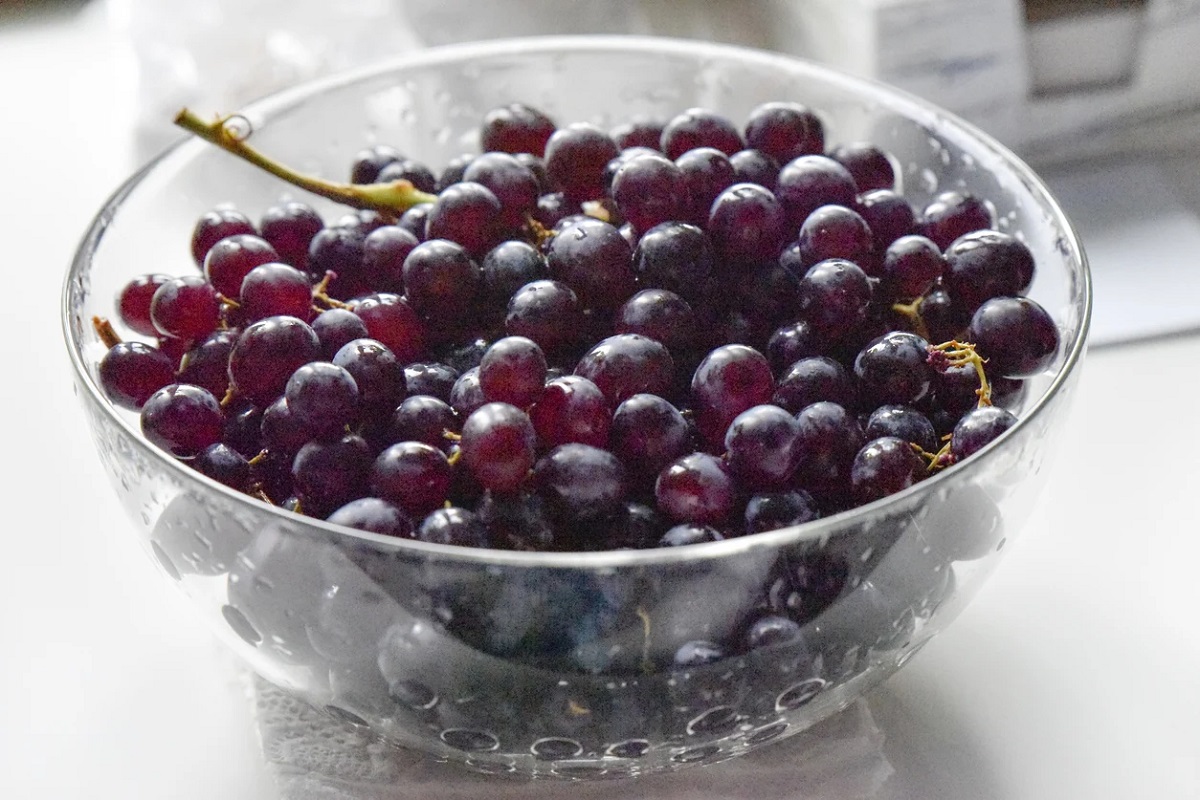
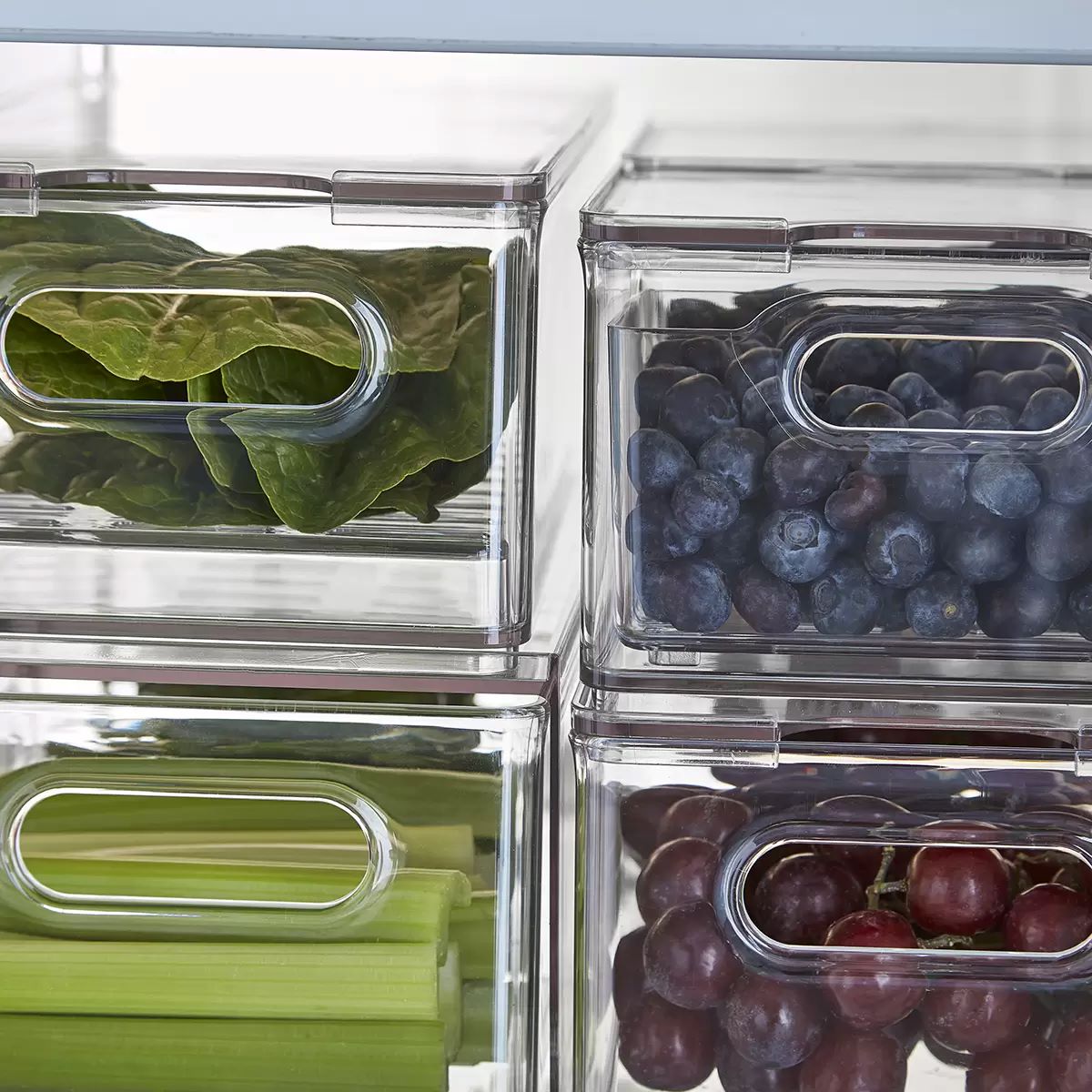

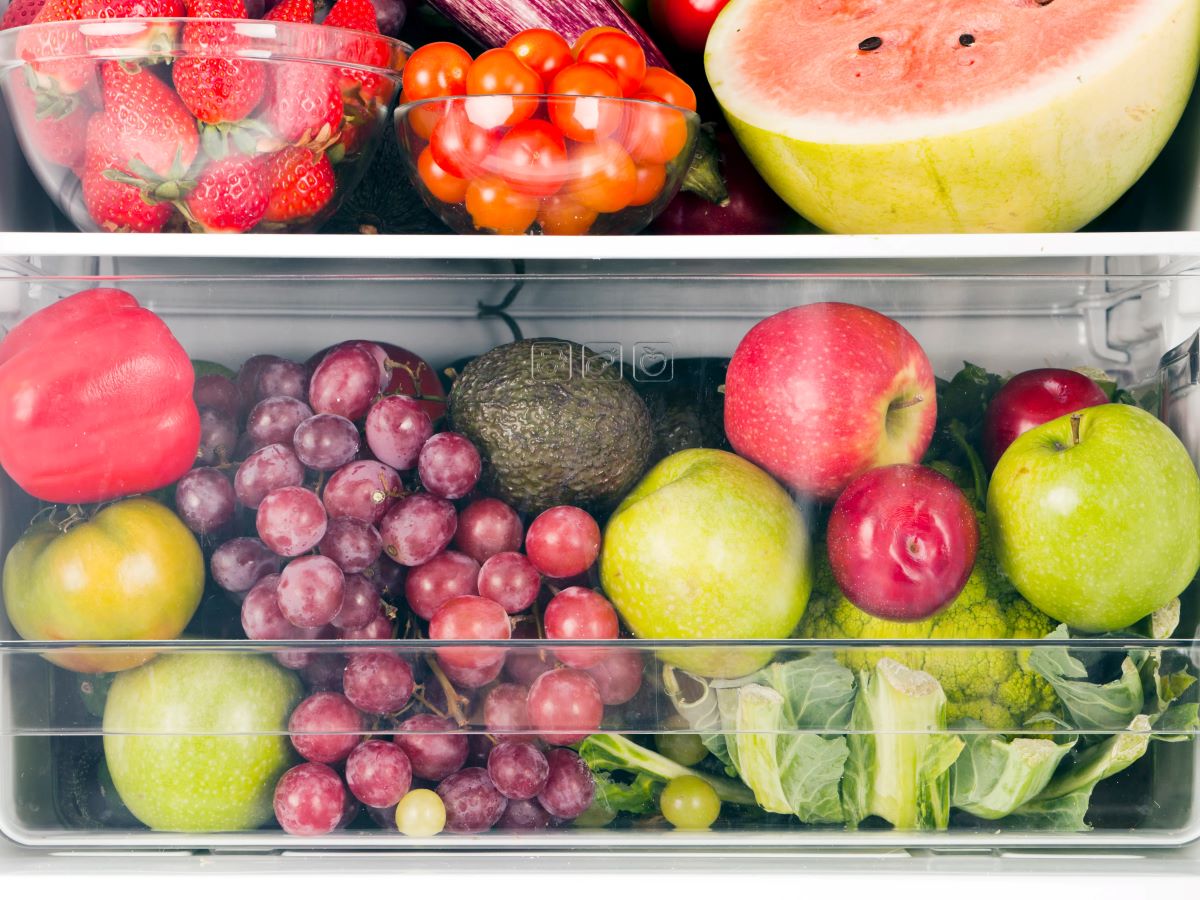
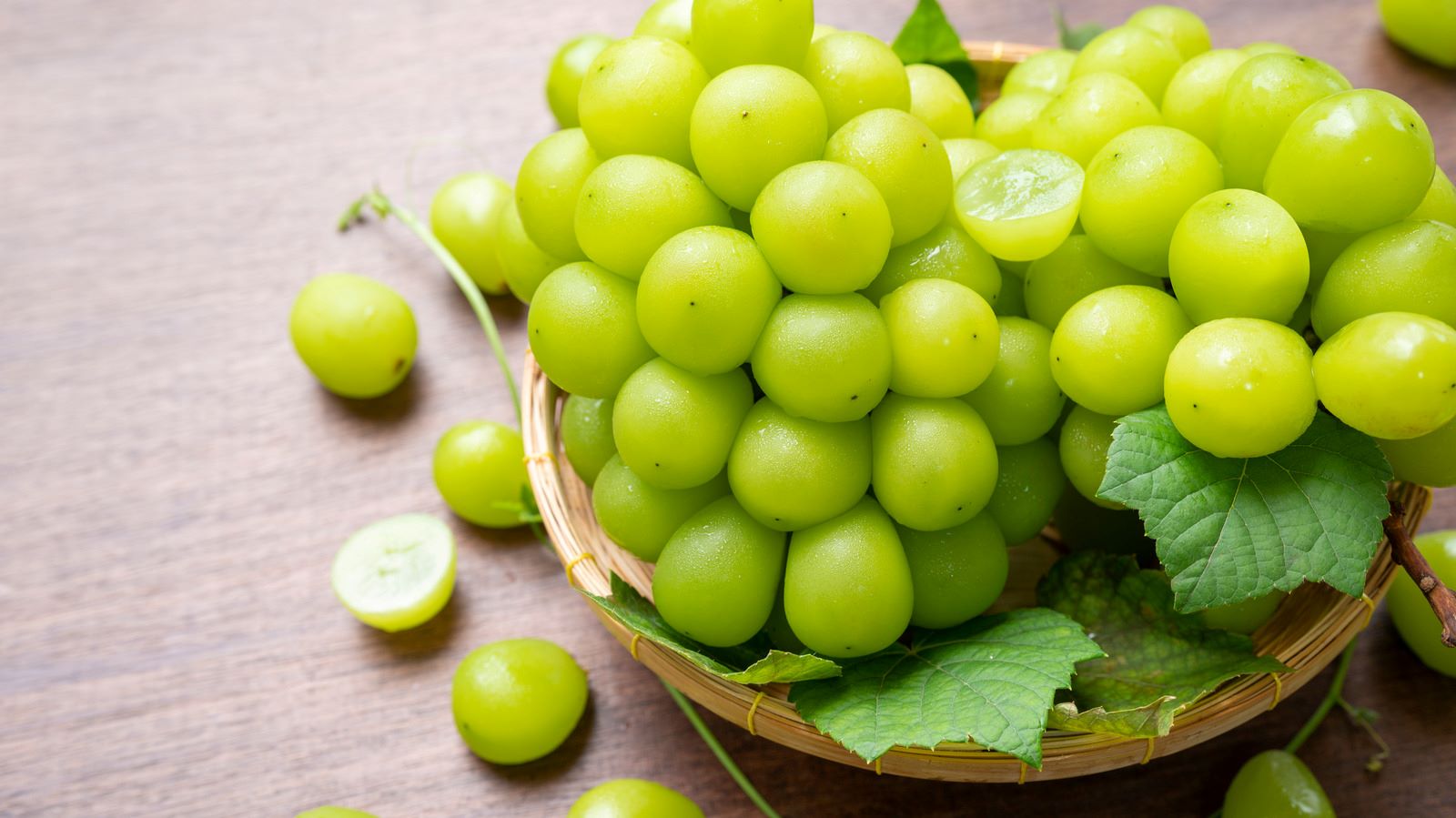

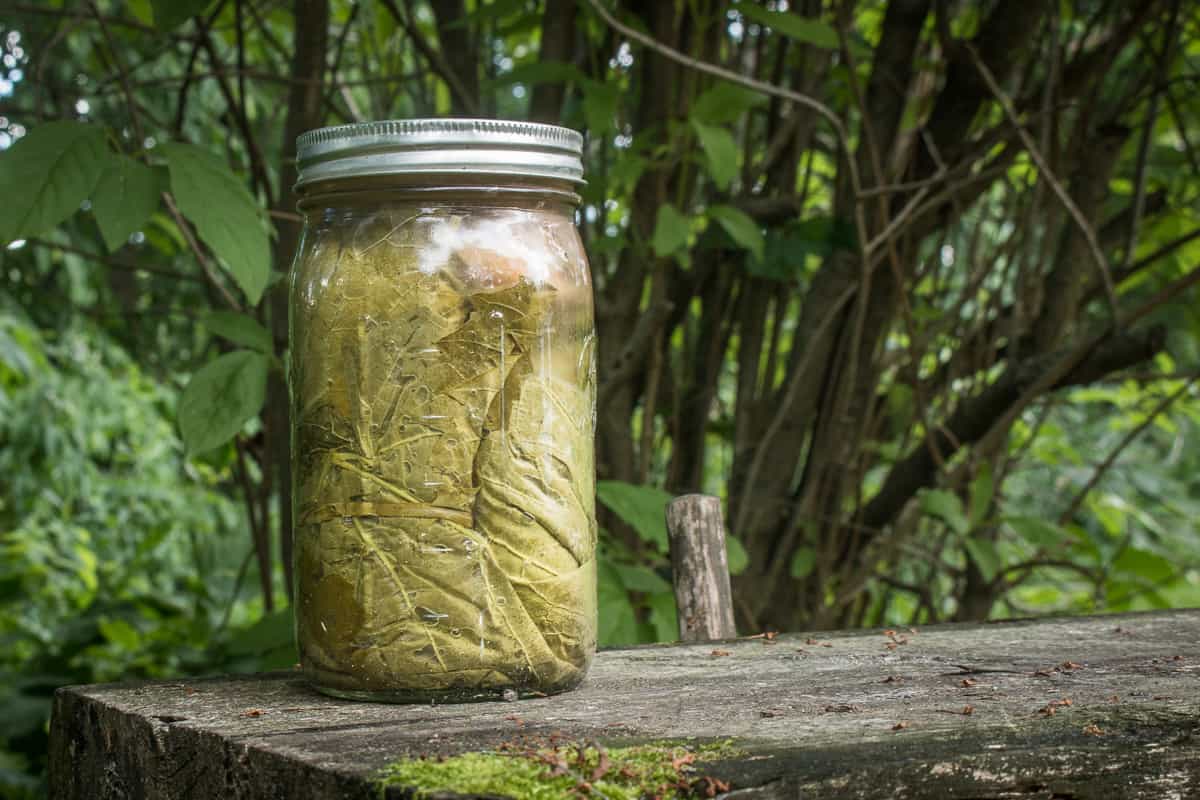

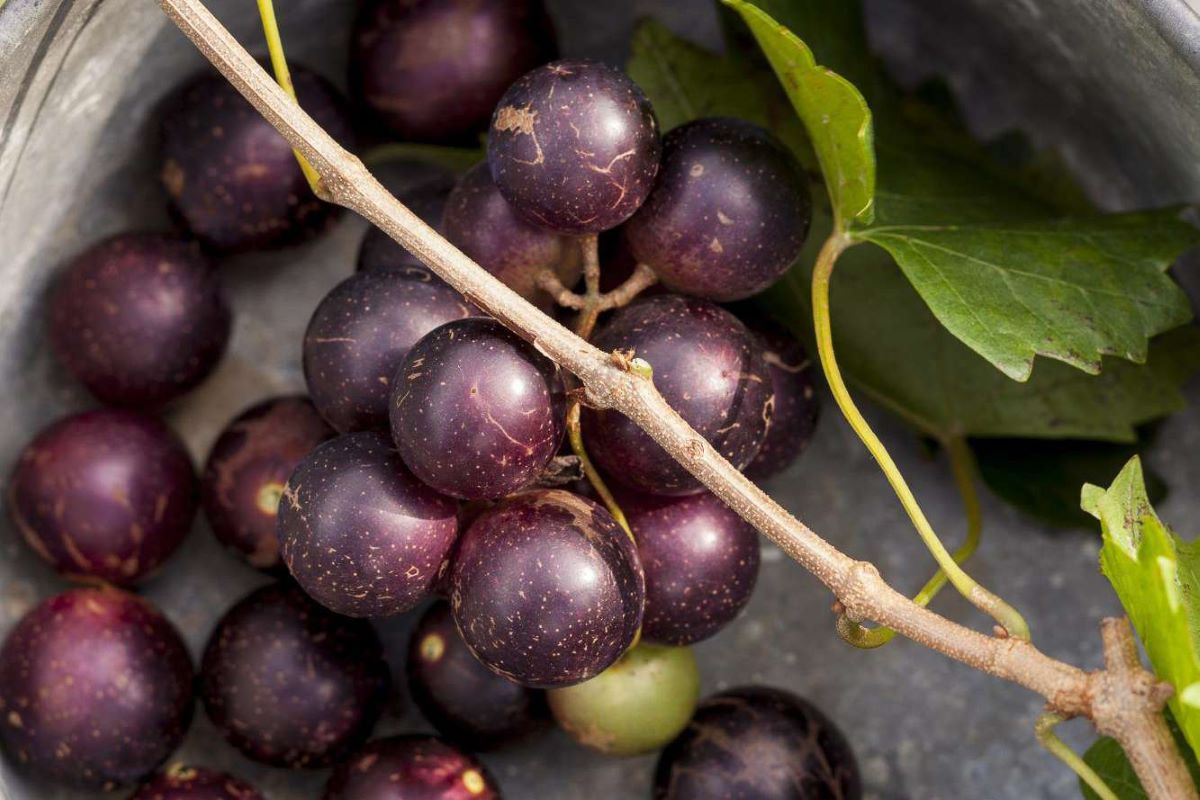
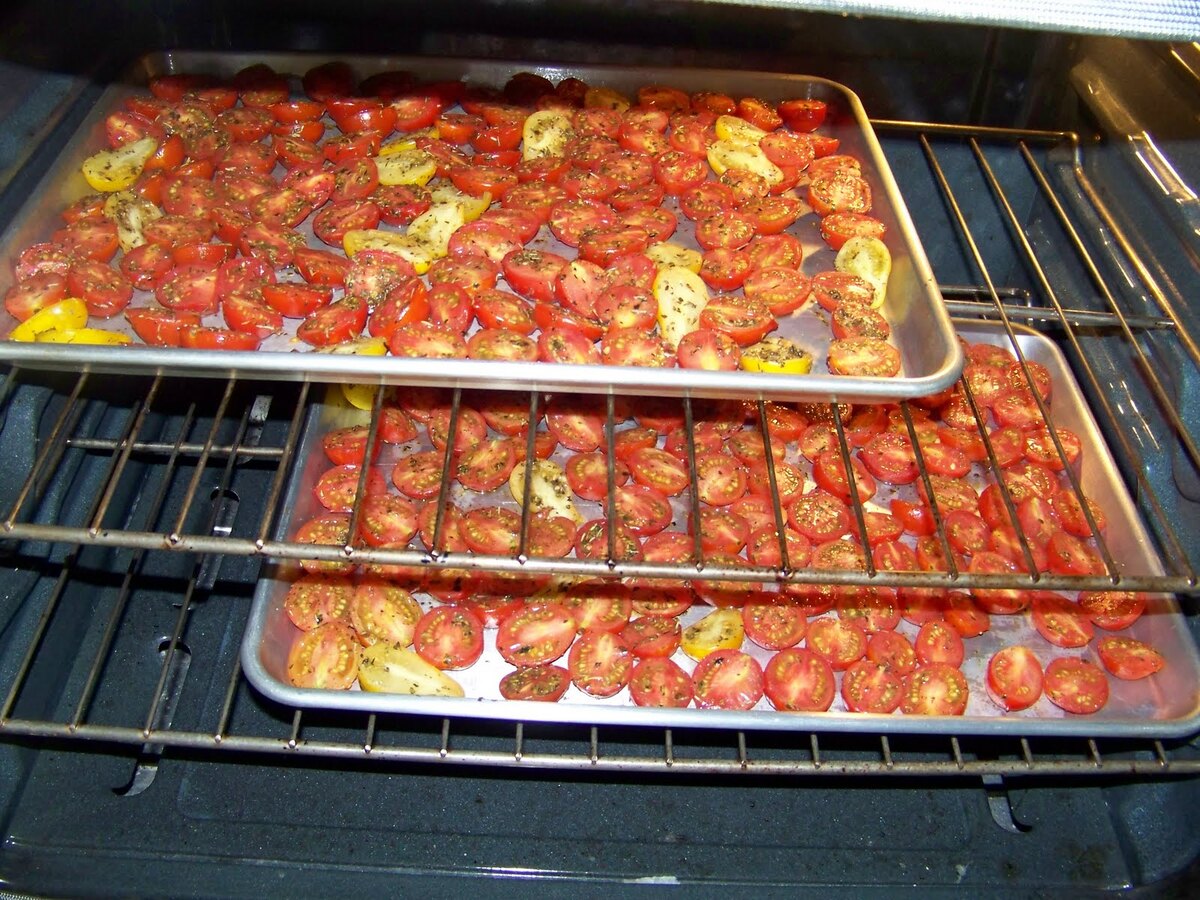


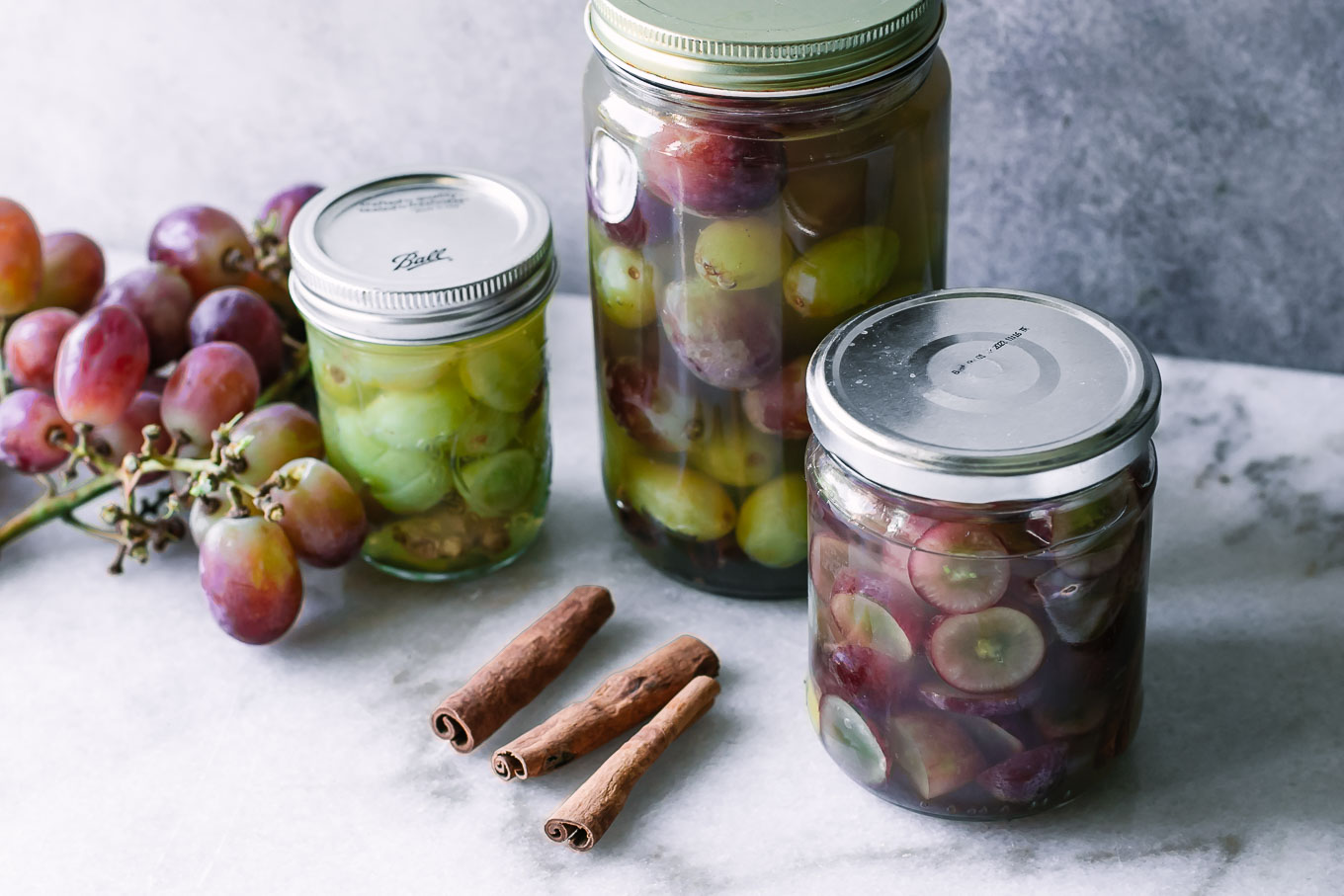
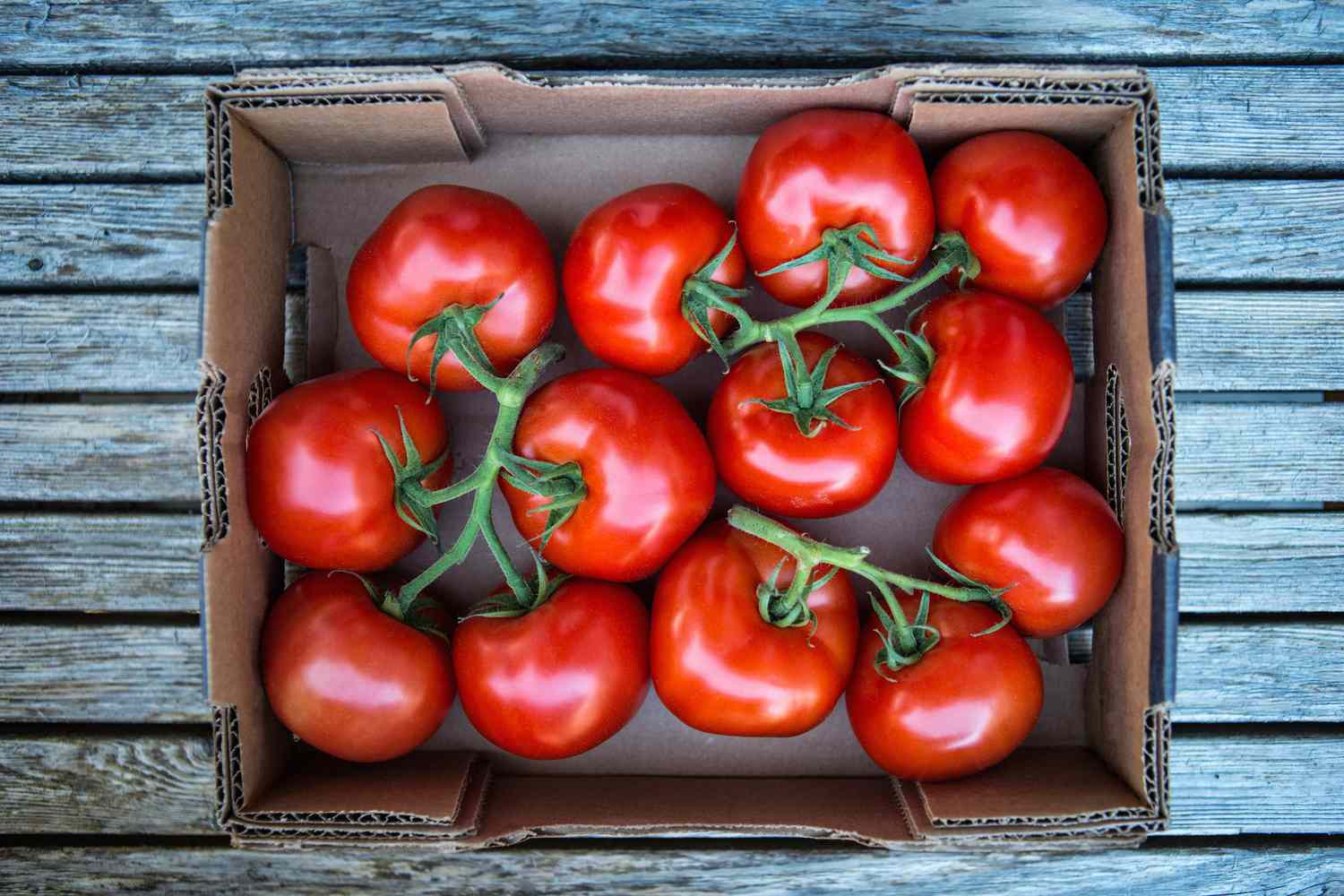

0 thoughts on “How To Store Grape Tomatoes In The Fridge”